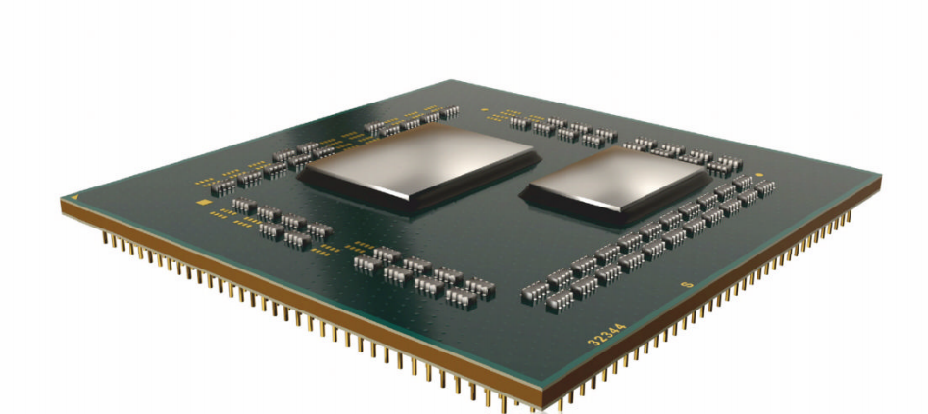
Recently, AMD X570 motherboard manufacturers have come under the scrutiny of the public over suspicions that the new Zen 2 processor line does not meet the requirements stated in the specification. Tech geeks want their computer to run at top speed, and therefore any setting that motherboard manufacturers can make in the BIOS is very important to them. The gist of another claim is that any information about auto-overclocking or tuning above acceptable values must be disclosed by the vendor, and the board itself should not overclock the processor by default.
The problem with socket AM4 AMD X570 motherboards is that some of them are passing the wrong current to the processor. The processor uses this metric to determine voltage, power, and clock rates, while trying to keep them within specified limits. If the motherboard "cheats" the processor, i.e. underestimates the amperage data, the CPU can exceed the power limit and run much faster.
This means that, as with Precision Boost Overdrive technology, you could effectively lose your AMD processor warranty. Whether these tricks can break the CPU is hard to say. In the long term, Zen 2s built on TSMC's 7nm process are more at risk than 12- or 14nm chips, but it could take years for most processors to fail.
However, this defect may have other consequences. The CPU consumes electricity, which is converted into heat. If you have a 4 or 6-core Ryzen 3rd generation processor, then most likely you have nothing to worry about - even with an 8-core Ryzen 7 3700X, nothing will happen. Instead of 65 watts, the processor can consume 95 watts, which is well within acceptable limits, and the processor will not be difficult to cope with such power. No crime. However, at 105W, the 3800X, 3900X or 3950X can consume significantly more power. We are talking about 160 watts consumed during standard operations, and Asrock, a motherboard manufacturer, whose power transfer can reach as much as 210 watts - all for one processor.
With a good cooling system, the likelihood of serious problems in the short term is still small. However, some users have noted a significant increase in temperature in the top-end third-generation Ryzen processors, when the Wraith Prism cooler may have difficulty dissipating 150 watts.
Then other defense mechanisms come into play. Throttling can in theory keep the temperature inside the CPU below 90 ° C or so. But only in this case throttling is probably just a return to those officially declared indicators of speed and power. And nevertheless, if the temperature in the case is 90 ° C and higher, this is a cause for concern. Often this leads to the fact that the user purchases a cooling system more expensive than is required for his computer, just for everything to work normally.
Individual test results show that some boards perform better in standard operations than when using Precision Boost Overdrive (PBO) technology. This means that with their amperage tricks, manufacturers achieve greater auto-acceleration rates than with PBO technology. Curiously, using PBO in a PC with such a defect seems to disable misleading information about amperage readings. This indicates that the manufacturers were smart enough to realize that double overclocking is a bad idea.
But let's put these facts in a broader context. Although the case with AMD boards happened recently, this does not mean that they are one of a kind. Intel does not even bother to officially announce the overclocking of all cores, in fact, allowing the motherboard manufacturer to do whatever it wants. An example of this is the Z490 boards for Comet Lake processors, which can run a Core i9-10900K at 250W for a long time, provided your cooling system can handle it. It has been worse: a few years ago, I witnessed a test of the Core i9-7900X processors, where the transmitted power during the Cinebench test was 450 watts. Even water cooling didn’t save the day, and I watched the power consumption climb steadily until the system eventually crashed.
To be honest, I'm tired of all this shenanigans. I understand the desire of manufacturers to make the motherboard better than the competition, and I have nothing against the auto overclocking functions. I just want users to be able to work with standard values, because sometimes we still want to adhere to the TDP requirements.